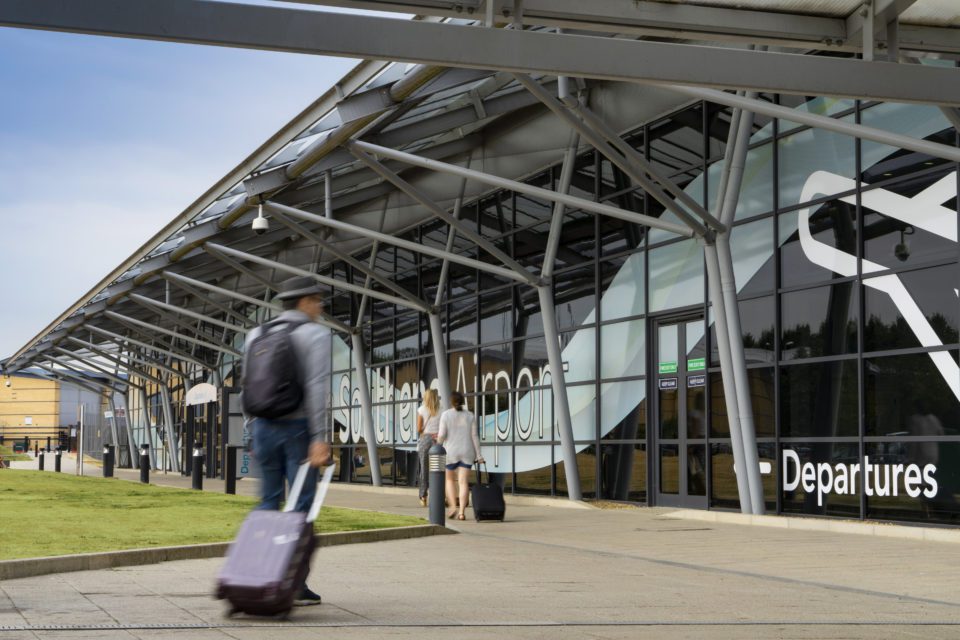
Information on the Standard Instrument Departures (SIDs) ACP

Following on from the implementation of Controlled Airspace in April 2015 and the project to implement Standard Instrument Departures, which is still underway, London Southend Airport (LSA) has started the process to introduce RNAV Approach Procedures.
Following consultation during 2017, LSA have submitted an ACP (Airspace Change Proposal) to the CAA at the end of March 2019 and are awaiting their decision.
The formal consultation period for the proposed approach procedures closed in September 2017 after running for over 14 weeks. Feedback and responses have been analysed and the key issues raised have been included in our consultation report.
The government body which regulates changes to UK airspace and the route network is the UK CAA. The CAA requires each airport seeking to introduce new routes to put forward a case which justifies their application and shows that all interested parties have had an opportunity to make their views known. The CAA then decides on the merits of the proposed change and whether or not to grant the application to implement the change.
With modern technology, many commercial aircraft flying in the UK have the potential to use what is termed Performance Based Navigation (PBN); navigation which does not require a ground based infrastructure. This technology gives aircraft the ability to follow a route with a greater level of accuracy than they do today. LSA wants to ensure that it offers the most up to date procedures for its customers. PBN procedures are recommended by the UK Civil Aviation Authority (CAA) as part of its Future Airspace Strategy (FAS). More information on FAS.
There are several versions of PBN. LSA is interested in both RNAV (Area Navigation) precise navigation without on board conformance monitoring and RNP (Required Navigation Performance) where aircraft must have on board monitoring equipment to alert the crew of any deviation from the desired track.
Area navigation (RNAV) is a method of instrument flight rules (IFR) navigation that allows an aircraft to choose any course within a network of navigation beacons, rather than having to navigate directly to and from the beacons. It is known as Performance Based Navigation (PBN) and it can reduce flight distance, reduce congestion, and allow flights into airports without conventional (ground based) aids.
RNAV approaches have been made possible by the widespread availability of high performance RNAV systems on all types of aircraft and in particular by the use of GNSS (a form of aircraft satellite navigation, not unlike that used in a car).
No, these procedures will be in addition to the other flight procedures LSA offers. They provide an alternative option for aircraft operating into LSA and also provide a back up should the Instrument Landing System not be available. Where possible, LSA has attempted to replicate the existing approach tracks.
The Noise Abatement Procedures currently in place at London Southend Airport for departing aircraft do not change as a consequence of this proposal and will continue to be applied and reported on, in the same way.

Information on the Standard Instrument Departures (SIDs) ACP

More information and updates on Airspace Change Proposals at London Southend Airport

Find copies of our current and proposed byelaws